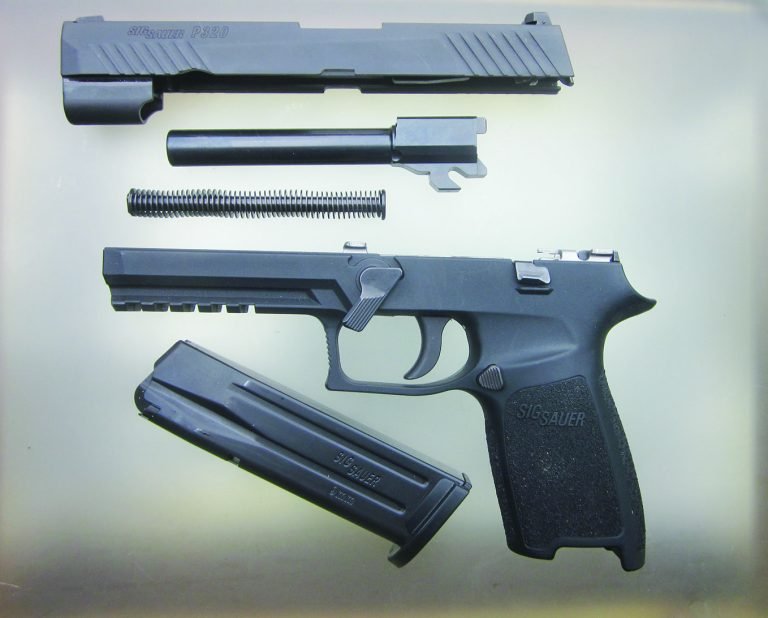Bugout Bag vs. Get Home Bag: What’s the Difference and What to Pack?
- Angela Gustus
- Mar 24
- 3 min read

When preparing for emergencies, two essential kits to consider are a Bugout Bag (BOB) and a Get Home Bag (GHB). While both serve critical survival purposes, they have distinct roles in emergency preparedness. Understanding their differences and packing them correctly can make all the difference in a crisis.
Bugout Bag (BOB): Designed for Long-Term Survival
A Bugout Bag is a pre-packed emergency kit meant to sustain you for at least 72 hours (or longer) if you need to evacuate your home due to a disaster, civil unrest, or another crisis. The focus is on mobility and self-sufficiency.
What to Pack in a Bugout Bag
Your Bugout Bag should be comprehensive because it must support you for multiple days in uncertain conditions. Here’s what to include:
Water and Filtration
2-3 liters of water (hydration bladder or bottles)
Portable water filter (Sawyer Mini, LifeStraw, etc.)
Water purification tablets
Food and Cooking
Lightweight, calorie-dense foods (MREs, freeze-dried meals, protein bars, nuts)
Compact stove (Jetboil or Esbit stove)
Small pot or cup for boiling water
Utensils and a multipurpose knife
Shelter and Clothing
Lightweight tent, tarp, or bivy sack
Sleeping bag or emergency blanket
Extra socks and moisture-wicking underlayers
Weather-appropriate clothing (rain gear, gloves, hat)
Fire and Light
Waterproof matches and lighters
Ferrocerium rod (fire starter)
Headlamp and extra batteries
Compact flashlight
First Aid and Hygiene
Comprehensive first aid kit (bandages, antiseptic wipes, pain relievers, prescription meds)
Hygiene kit (soap, wipes, toothbrush, toothpaste, deodorant)
Travel-sized sunscreen and insect repellent
Tools and Equipment
Multitool (Leatherman, Gerber)
Folding saw or hatchet
Duct tape and paracord
Compass and physical map
Signal mirror and whistle
Self-Defense and Security
Pepper spray or self-defense tool of choice
Firearm (if legally permitted) with extra ammo
Concealable knife
Personal alarm or security whistle
Communication and Navigation
Emergency radio (hand-crank or solar)
Paper maps of your area and potential bugout locations
Notepad and waterproof pen
Cash and Important Documents
Small bills and coins
Copies of ID, insurance, and emergency contacts (stored in a waterproof pouch)
Miscellaneous Items
Sewing kit
Fishing line and hooks (if applicable to your area)
Small book or morale booster (deck of cards, survival manual)
Key Considerations for a Bugout Bag:
Your pack should be durable and comfortable to carry over long distances.
Keep the weight manageable (ideally under 30 lbs).
Choose multi-use items to conserve space.
Get Home Bag (GHB): Designed for Short-Term Travel
A Get Home Bag is designed to help you travel from your workplace, school, or any other location back to your home in an emergency. Unlike a Bugout Bag, which prepares you for multiple days, a Get Home Bag is for short-term survival (typically 24 hours or less).
What to Pack in a Get Home Bag
Since a Get Home Bag is lighter and more streamlined, it should contain only the essentials for getting back home quickly and safely.
Water and Filtration
1-2 liters of water (collapsible bottle or hydration bladder)
Small water filter (Sawyer Mini, LifeStraw)
Purification tablets
Food and Energy
Energy bars or meal replacement bars
Trail mix, jerky, or nuts
Electrolyte powder packets
Clothing and Footwear
Comfortable walking shoes (if you’re in dress shoes, heels, or boots at work)
Extra socks and underwear
Hat, gloves, and rain poncho (weather-dependent)
Fire and Light
Small lighter or waterproof matches
Compact flashlight or headlamp
Glow sticks for signaling
First Aid and Hygiene
Basic first aid kit (band-aids, antiseptic wipes, pain relievers)
Pocket tissues and wet wipes
Hand sanitizer
Tools and Equipment
Small multitool
Paracord bracelet or coiled paracord
Folding knife or small fixed-blade knife
Pepper spray or personal defense tool
Communication and Navigation
Physical map with marked routes home
Small notepad and pen
Emergency whistle
Miscellaneous
Sunglasses and dust mask (for urban areas or wildfires)
USB power bank (for charging devices)
Small amount of cash ($20-$50 in small bills)
Key Considerations for a Get Home Bag:
Keep it lightweight (10-15 lbs max) to allow for quick movement.
Prioritize stealth; a low-profile backpack is better in urban environments.
Ensure the bag is discreet and does not attract attention.
Final Thoughts: Which One Do You Need?
A Get Home Bag is ideal if you spend a lot of time away from home and need a backup plan to get back in case of an emergency.
A Bugout Bag Is necessary if you ever need to evacuate your home for an extended period and survive on your own.
Ideally, you should have both: a Get Home Bag in your car or workplace and a Bugout Bag ready to go at home. Preparation is key, and having the right gear when disaster strikes can be the difference between safety and struggle.
Stay ready, stay safe!





Comments